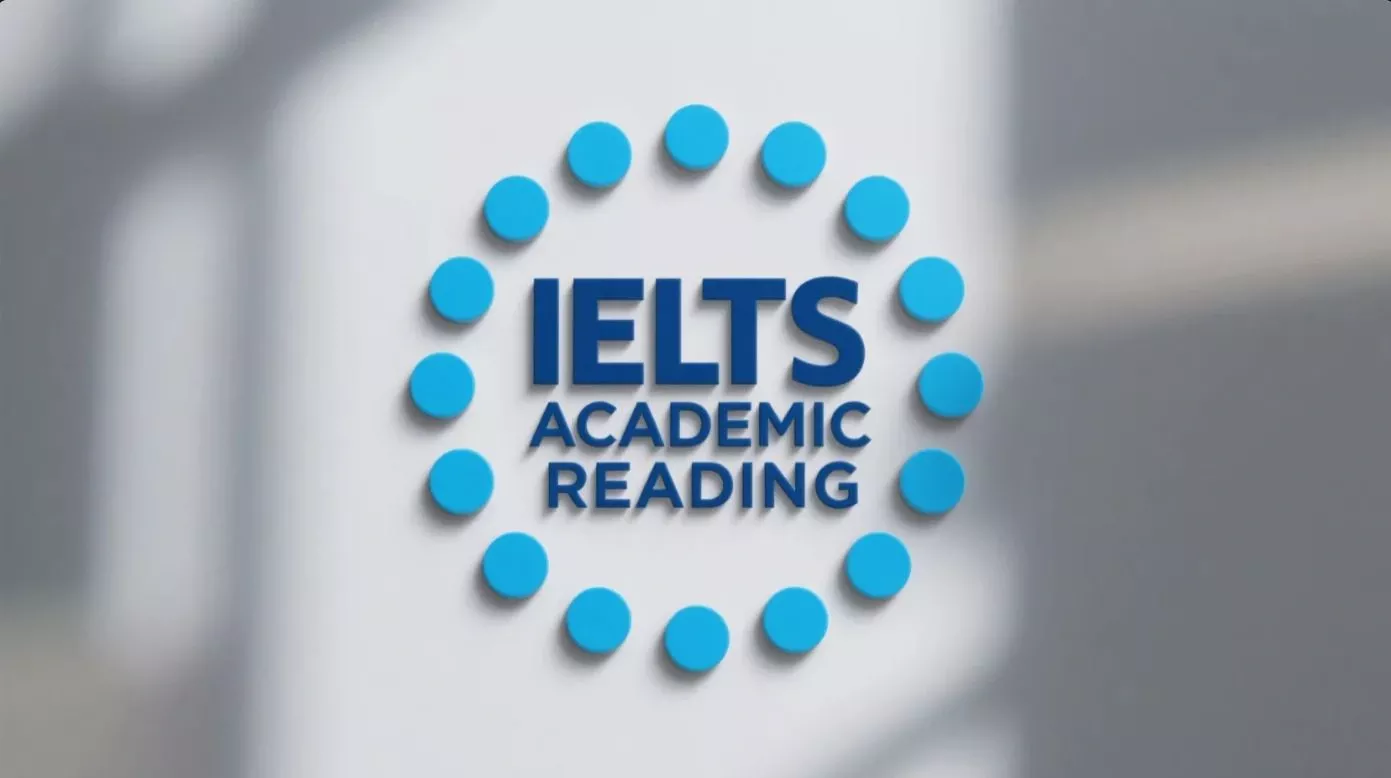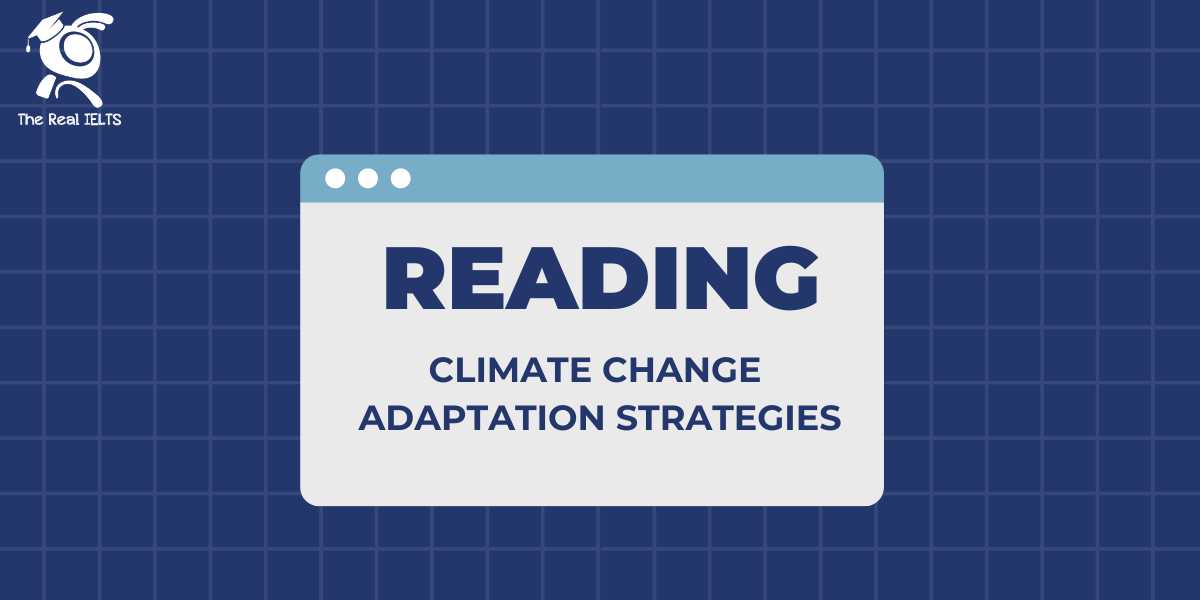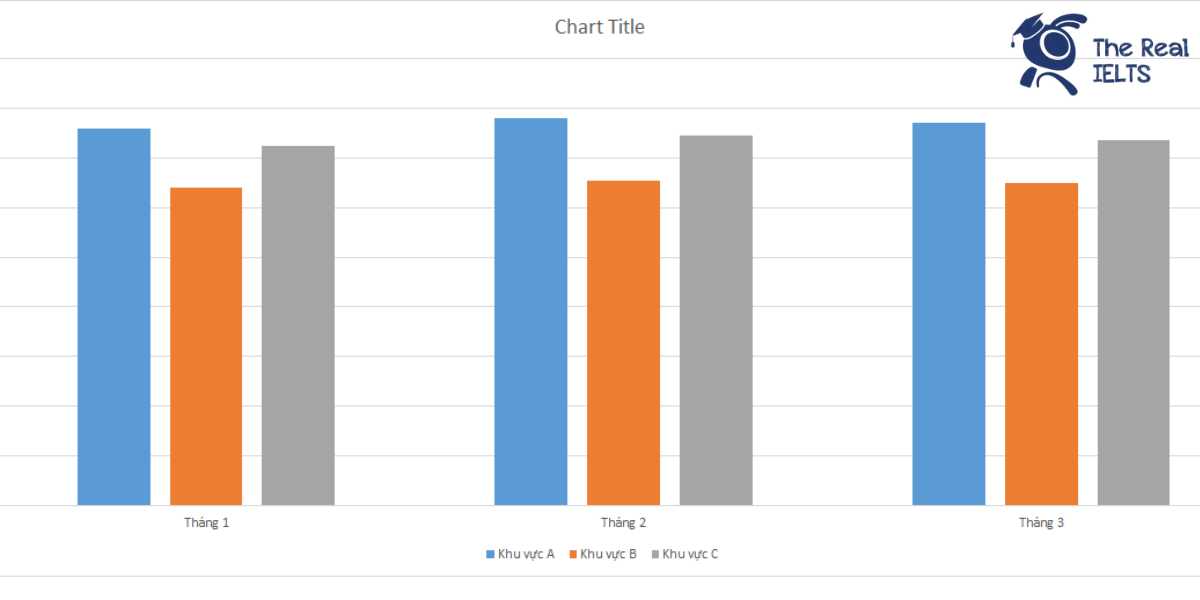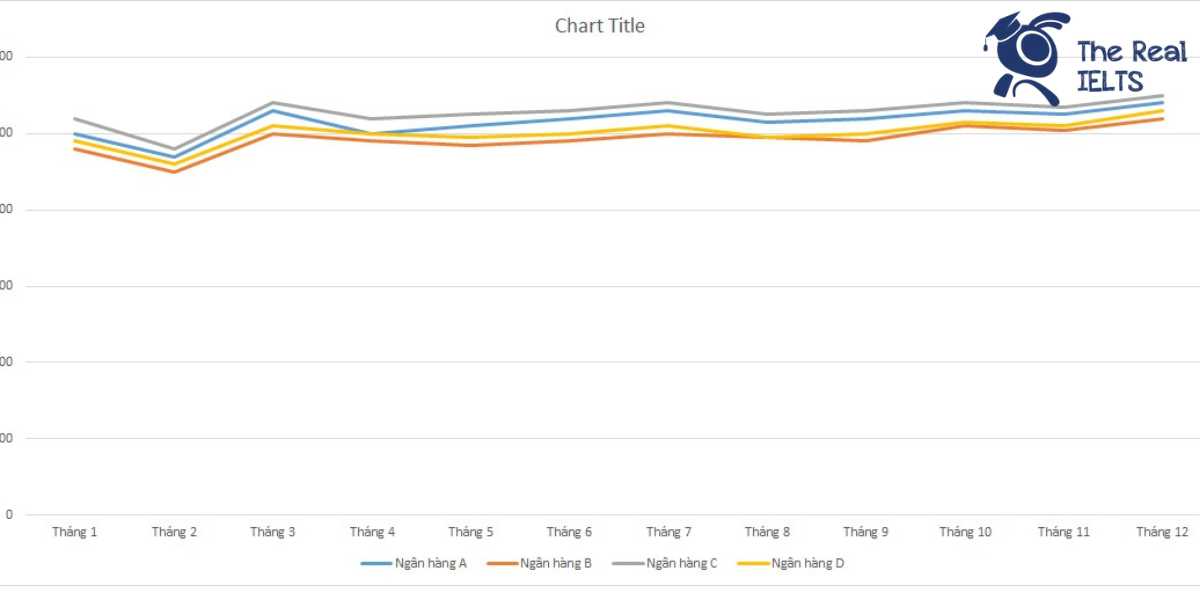Đề thi IELTS Reading có tiêu đề “The Evolution of Human Language”
Nhớ đọc thêm các bài luyện thi IELTS nhé.
IELTS Reading: “The Evolution of Human Language”
The evolution of human language is a fascinating journey that traces the development of communication from primitive vocalizations to the complex languages we use today. Language is one of the most defining characteristics of human beings, setting us apart from other species. It is not merely a tool for communication but also a reflection of our cognitive abilities, social structures, and cultural evolution. Understanding how language has evolved provides insight into the very nature of humanity.
The origins of human language are deeply rooted in the evolutionary history of our species. While the exact timeline is difficult to pinpoint, many scholars believe that language began to emerge around 100,000 to 200,000 years ago, coinciding with the appearance of anatomically modern Homo sapiens. This period marked significant developments in brain size and structure, particularly in regions associated with language processing, such as Broca’s area and Wernicke’s area. These changes in the brain likely provided the neurological foundation necessary for the development of language.
Early human communication was likely similar to the vocalizations observed in our closest relatives, the great apes. These vocalizations were rudimentary and limited, primarily used to express basic emotions and needs. However, as humans evolved, so did their capacity for vocalization and, eventually, symbolic thought. The development of a more complex vocal apparatus, including the larynx and the tongue, allowed for a greater range of sounds. This anatomical evolution, combined with the increasing cognitive abilities of early humans, laid the groundwork for the emergence of proto-language, a precursor to fully developed languages.
Proto-language, as theorized by linguists, was a simple, yet flexible system of communication that used a limited set of sounds and gestures. Unlike modern languages, proto-language did not have a fully developed grammar or syntax. It was likely used to convey immediate, concrete information such as the location of food, dangers in the environment, or social interactions within a group. Over time, as human societies became more complex, so too did their communication needs. This complexity drove the evolution of proto-language into more structured languages with defined grammatical rules and expansive vocabularies.
One of the most significant milestones in the evolution of language was the development of syntax, the set of rules that govern the structure of sentences. Syntax allows for the creation of an infinite number of sentences from a finite set of words, enabling humans to express a wide range of ideas and concepts. The emergence of syntax is believed to be closely linked to the development of abstract thinking and the ability to use symbols to represent objects, actions, and ideas that are not immediately present. This cognitive leap was crucial for the development of language as a system capable of conveying not just immediate needs but also complex thoughts, plans, and narratives.
Another important aspect of language evolution is the role of social interaction. Language did not evolve in isolation but as a part of the social fabric of early human communities. The need to cooperate, share information, and build social bonds likely drove the development of more sophisticated communication systems. Language allowed early humans to organize themselves into larger, more cohesive groups, facilitating cooperation in hunting, gathering, and later, in agriculture and settled communities. The ability to communicate effectively would have provided a significant evolutionary advantage, enhancing group survival and success.
The evolution of language is also deeply intertwined with cultural development. As human societies evolved, so did their languages, adapting to new technologies, environments, and social structures. For example, the advent of agriculture and the rise of settled communities likely spurred the development of new vocabulary and linguistic structures to describe new concepts related to farming, trade, and governance. Similarly, the development of writing systems marked a significant evolution in human language, allowing for the preservation and transmission of knowledge across generations and geographic regions.
The diversity of languages today is a testament to the dynamic nature of linguistic evolution. Over thousands of years, human populations have spread across the globe, leading to the development of thousands of distinct languages. This linguistic diversity reflects the varied environments, cultures, and experiences of human societies. However, despite this diversity, all human languages share certain universal characteristics, such as the use of symbols, the presence of grammar, and the ability to convey abstract concepts. This universality suggests that the capacity for language is a fundamental aspect of what it means to be human.
In conclusion, the evolution of human language is a complex process that spans hundreds of thousands of years, reflecting both our biological evolution and the development of human societies. From the early vocalizations of our ancestors to the rich tapestry of languages spoken around the world today, language has played a crucial role in shaping human history and culture. Understanding this evolution not only sheds light on our past but also helps us appreciate the intricate relationship between language, thought, and human identity.
Đề bài thi IELTS Reading
Multiple Choice Questions (MCQ)
- Which characteristic of humans does the passage identify as unique compared to other species?
- A. Use of tools
- B. Language
- C. Social structures
- D. Abstract thinking
- Around how many years ago did anatomically modern Homo sapiens appear?
- A. 50,000 to 100,000 years ago
- B. 100,000 to 200,000 years ago
- C. 200,000 to 300,000 years ago
- D. 300,000 to 400,000 years ago
- Which areas of the brain are mentioned as associated with language processing?
- A. Hippocampus and amygdala
- B. Broca’s area and Wernicke’s area
- C. Occipital lobe and parietal lobe
- D. Frontal lobe and temporal lobe
- What does the term “proto-language” refer to in the passage?
- A. A fully developed language
- B. A primitive form of communication
- C. A written form of language
- D. A symbolic language system
- Which factor is NOT mentioned as a contributor to the evolution of human language?
- A. Social interaction
- B. Technological advancement
- C. Dietary changes
- D. Cultural development
- The development of syntax allowed humans to:
- A. Communicate using only gestures
- B. Create an infinite number of sentences
- C. Express basic emotions
- D. Develop larger vocal cords
- What is suggested as a driving force for the evolution of more complex communication systems?
- A. The need for abstract thinking
- B. The need for social interaction
- C. The rise of agriculture
- D. The emergence of proto-language
- What role did the development of writing systems play in language evolution?
- A. It simplified communication
- B. It preserved and transmitted knowledge
- C. It reduced linguistic diversity
- D. It made spoken language obsolete
True/False/Not Given
- The passage states that language is solely a tool for communication.
- True
- False
- Not Given
- The development of language coincided with the increase in brain size in early humans.
- True
- False
- Not Given
- Early human vocalizations were as complex as those of modern languages.
- True
- False
- Not Given
- The passage mentions that syntax emerged after humans began to use symbols to represent abstract concepts.
- True
- False
- Not Given
- Language diversity today is a result of human populations migrating across the globe.
- True
- False
- Not Given
- The passage suggests that the ability to use tools was more important than language for early human survival.
- True
- False
- Not Given
- The passage claims that all human languages lack universal characteristics.
- True
- False
- Not Given
Yes/No/Not Given
- The author believes that understanding the evolution of language is essential for understanding humanity.
- Yes
- No
- Not Given
- The passage suggests that proto-language had a fully developed grammar.
- Yes
- No
- Not Given
- The passage asserts that the rise of agriculture did not affect language development.
- Yes
- No
- Not Given
- The author thinks that social structures played a crucial role in the evolution of language.
- Yes
- No
- Not Given
- The passage implies that the development of abstract thinking was a minor factor in the evolution of language.
- Yes
- No
- Not Given
Matching Information
- Match the following information to the correct paragraph (A-D):
- The emergence of syntax
- The role of social interaction in language evolution
- Anatomical changes in early humans related to language
- The development of writing systems
- A. Paragraph 1
- B. Paragraph 2
- C. Paragraph 3
- D. Paragraph 4
Matching Headings
- Match the following headings to the paragraphs:
- A. Language as a reflection of human cognitive abilities
- B. The importance of social interaction in language evolution
- C. The role of proto-language in early human societies
- D. The diversity and universality of languages
Matching Features
- Match the following features to the correct description:
- Broca’s area
- Proto-language
- Writing systems
- Syntax
- A. The part of the brain associated with language processing
- B. A precursor to fully developed languages
- C. Allowed for the preservation of knowledge
- D. Governs the structure of sentences
Matching Sentence Endings
- Complete the sentences by matching the beginnings with the correct endings:
- The development of a more complex vocal apparatus…
- The ability to create an infinite number of sentences…
- The rise of agriculture likely spurred…
- Understanding the evolution of language…
- A. is crucial for understanding human identity.
- B. allowed early humans to express a wider range of sounds.
- C. is linked to the emergence of syntax.
- D. led to the creation of new vocabulary.
Sentence Completion
- Early human communication was likely similar to the vocalizations of ___________.
- The development of ___________ enabled humans to convey abstract concepts.
- ___________ allowed early humans to organize themselves into larger groups.
- The emergence of ___________ marked a significant evolution in human language.
Summary Completion
Complete the summary using words from the passage:
- Human language evolved from ___________ vocalizations into complex systems over thousands of years. Early humans developed larger brain regions, such as ___________, which were crucial for language processing. Proto-language, a primitive form of communication, eventually evolved into structured languages with defined ___________ rules. The rise of ___________ and settled communities played a significant role in the expansion of vocabulary and linguistic structures.
Diagram Label Completion
Refer to the diagram provided:
30-32. Label the following parts of the brain associated with language:
- Broca’s area
- Wernicke’s area
- The part of the brain responsible for abstract thinking
Short Answer Questions
- Approximately how many years ago did anatomically modern Homo sapiens appear?
- What type of vocal apparatus development allowed for a greater range of sounds in early humans?
- What cognitive ability is closely linked to the emergence of syntax?
- What advantage did language provide early humans in their social groups?
- What impact did the development of agriculture have on human language?
- How does the passage describe the diversity of languages today?
- What universal characteristics do all human languages share?
- According to the passage, why is understanding the evolution of language important for understanding human identity?
Đáp án bài thi IELTS Reading
Multiple Choice Questions (MCQ)
- B. Language
- B. 100,000 to 200,000 years ago
- B. Broca’s area and Wernicke’s area
- B. A primitive form of communication
- C. Dietary changes
- B. Create an infinite number of sentences
- B. The need for social interaction
- B. It preserved and transmitted knowledge
True/False/Not Given
- False (The passage states that language is not merely a tool for communication but also reflects cognitive abilities, social structures, and cultural evolution.)
- True
- False (The passage mentions that early human vocalizations were rudimentary and limited, not as complex as modern languages.)
- True
- True
- Not Given (The passage does not compare the importance of tool use and language for early human survival.)
- False (The passage suggests that all human languages share universal characteristics.)
Yes/No/Not Given
- Yes (The passage implies that understanding the evolution of language is crucial for understanding humanity.)
- No (The passage states that proto-language did not have a fully developed grammar or syntax.)
- No (The passage indicates that the rise of agriculture likely spurred language development.)
- Yes
- No (The passage highlights the importance of abstract thinking in the evolution of language.)
Matching Information
- The emergence of syntax – C
- The role of social interaction in language evolution – D
- Anatomical changes in early humans related to language – B
- The development of writing systems – E
Matching Headings
- Paragraph 1 – A. Language as a reflection of human cognitive abilities
- Paragraph 2 – C. The role of proto-language in early human societies
- Paragraph 3 – B. The importance of social interaction in language evolution
- Paragraph 4 – D. The diversity and universality of languages
Matching Features
- Broca’s area – A. The part of the brain associated with language processing
- Proto-language – B. A precursor to fully developed languages
- Writing systems – C. Allowed for the preservation of knowledge
- Syntax – D. Governs the structure of sentences
Matching Sentence Endings
- The development of a more complex vocal apparatus… – B. allowed early humans to express a wider range of sounds.
- The ability to create an infinite number of sentences… – C. is linked to the emergence of syntax.
- The rise of agriculture likely spurred… – D. led to the creation of new vocabulary.
- Understanding the evolution of language… – A. is crucial for understanding human identity.
Sentence Completion
- great apes
- syntax
- Language
- writing systems
Summary Completion
- primitive / Broca’s area and Wernicke’s area / grammatical / agriculture
Diagram Label Completion
30-32.
- Broca’s area – (Label on left side of the brain’s frontal lobe)
- Wernicke’s area – (Label on left side of the brain’s temporal lobe)
- Abstract thinking area – (Label on the prefrontal cortex)
Short Answer Questions
- 100,000 to 200,000 years ago
- The development of the larynx and tongue
- Abstract thinking
- It facilitated cooperation and social cohesion.
- It led to the development of new vocabulary and linguistic structures.
- A reflection of the varied environments, cultures, and experiences of human societies.
- The use of symbols, the presence of grammar, and the ability to convey abstract concepts.
- Because it sheds light on our past and helps appreciate the relationship between language, thought, and human identity.
Luyện tập bài khác ở bài viết:”100 bài luyện IELTS Reading 2024 – 2025“















